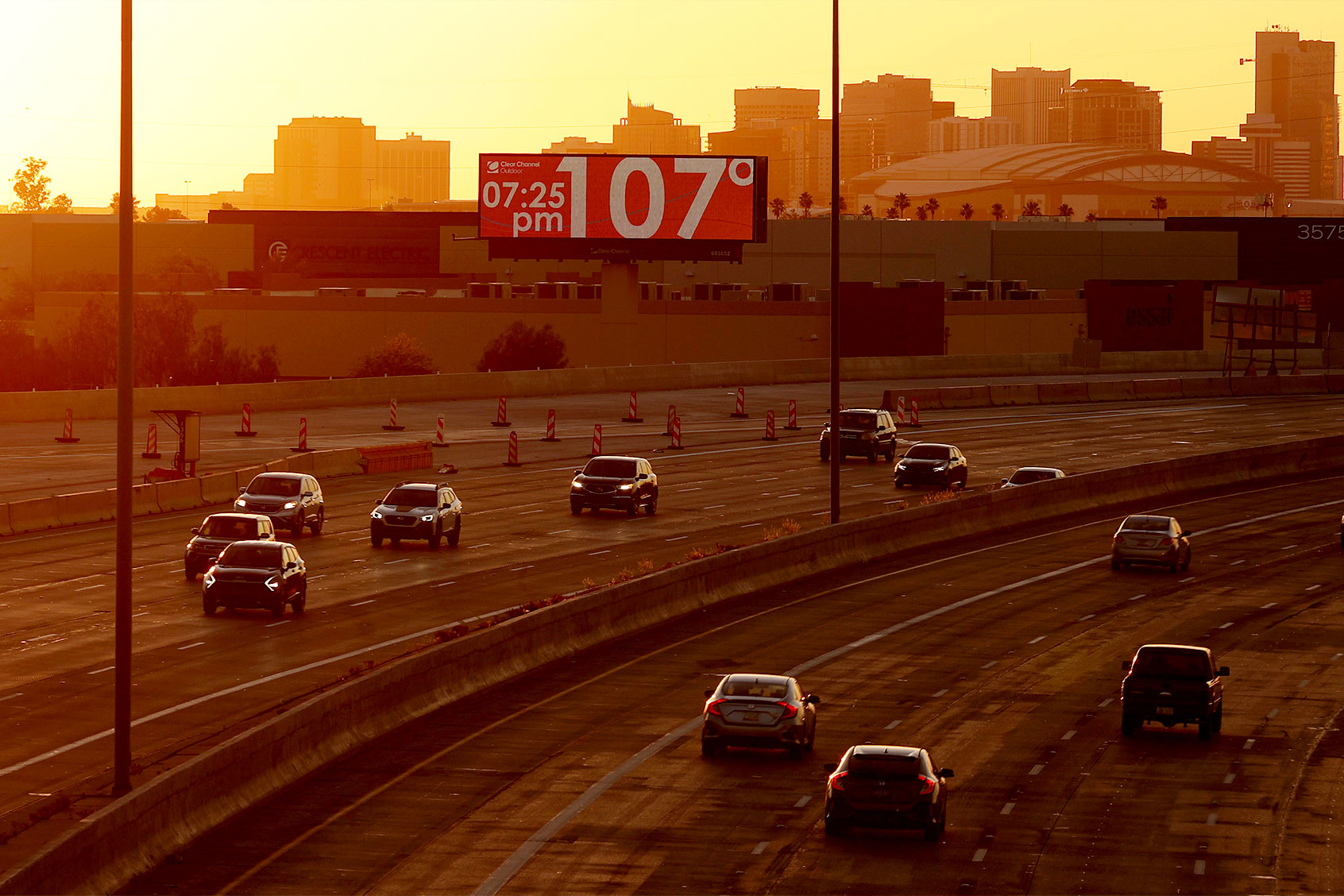Summer isn't close to over yet, but heat-related deaths in Phoenix, Arizona have doubled from their rate over the same period last year, according to a new report by the Maricopa County medical examiner. As burning fossil fuels worsens climate change, the largest metropolises in the American Southwest are predicted to keep suffering from record-breaking heat waves.
NASA imagery revealed that Phoenix streets reached temperatures as high as 160º F during the heat wave, with Sky Harbor Airport reaching 118º F by 3 PM. This breaks the record of 116º F that had been set in the Arizona city more than four decades ago in 1983.
Some advocates believe fossil fuel companies should be held criminally accountable for these deaths that are linked to climate change. Following a July 2023 heat wave in Maricopa County that killed over 400 people, an extreme event attribution study determined that the occurrence of such heat in the American Southwest would have been "virtually impossible" but for human-caused climate change, with lead author Mariam Zachariah, a climate scientist at Imperial College of London, saying, "Had there been no climate change, such an event would almost never have occurred."
In 2022, Salon spoke with Dr. Juan Declet-Barreto, a senior social scientist at the Union of Concerned Scientists, who explained that "without short-term adaptation measures to protect the most vulnerable, what will happen is that the gap between populations with social, economic, and technological resources to avoid the worst of extreme heat impacts, and those without those resources, will continue to widen."
Declet-Barreto added that in a study he co-authored in 2013, he learned that "a large proportion of heat-related deaths in Maricopa County ocurred among persons experiencing homelessness for example, and another 2016 study found that population vulnerability to heat, and not weather conditions, were responsible for the spike in heat-related deaths that year," Declet-Barreto explained.


